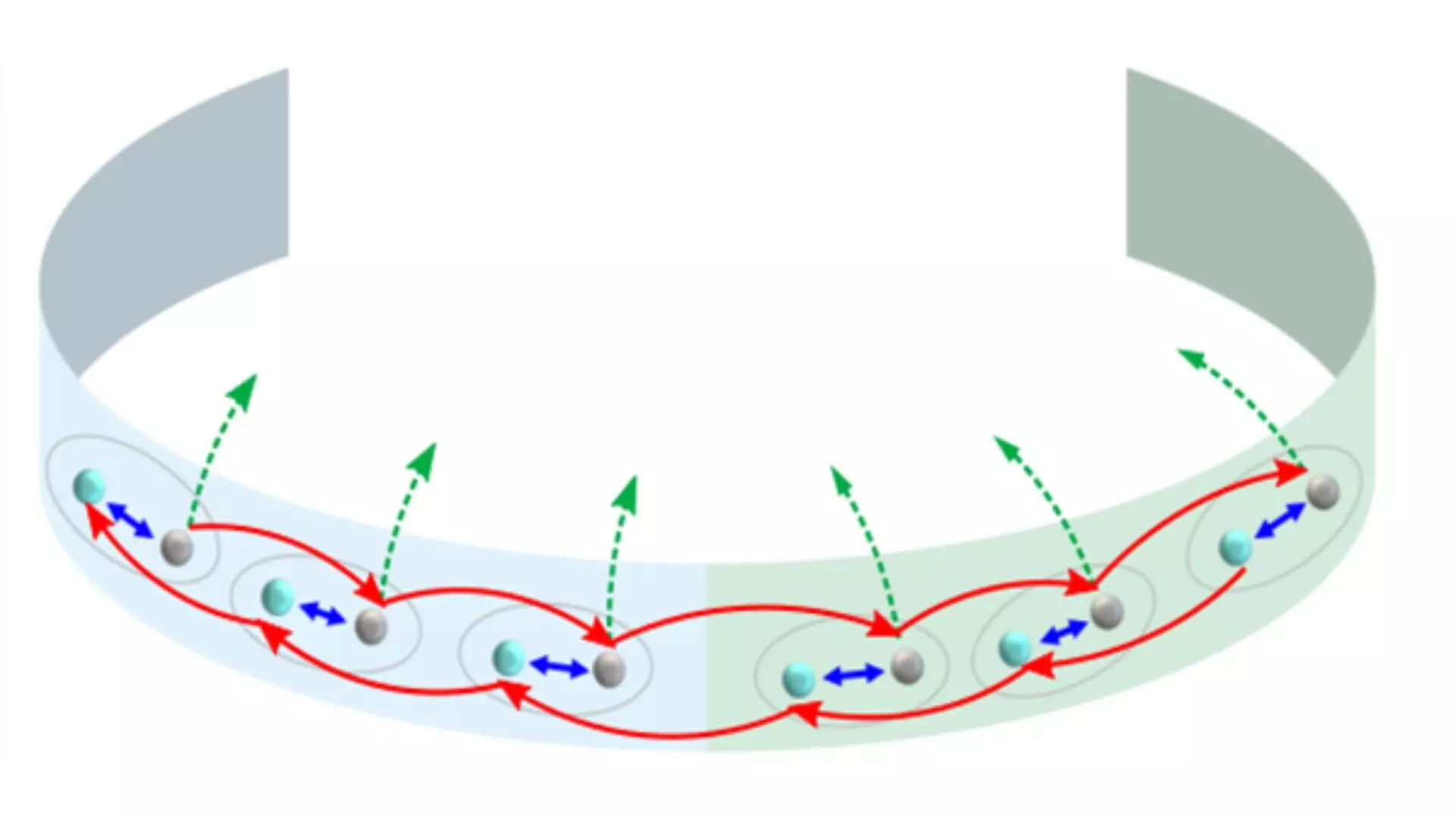Exploring the boundaries of quantum dynamics has led scientists to the discovery of non-Hermitian systems, which offer a glimpse into the intricate interplay between dissipation, interactions with the environment, and gain-and-loss mechanisms. These systems present unique properties not found in traditional Hermitian systems, such as boundary localization, which have promising applications in photonics and condensed matter physics.
The Motivation Behind the Study
Professor Xue highlighted the pivotal role played by the non-Hermitian skin effect (NHSE) in propelling research in this area. This effect, coined by Professor Wang in an earlier study, has captured the interest of scientists due to its intriguing static properties, particularly in relation to energy spectrum. The team of researchers, including Professors Yi, Wang, and Xue, embarked on a journey to uncover dynamic phenomena that exhibit extreme sensitivity to boundaries in non-Hermitian systems.
Unlike Hermitian systems where operators are equal to their Hermitian conjugates, non-Hermitian systems boast complex eigenvalues that give rise to phenomena like the NHSE. In these systems, eigenstates accumulate at the edges or boundaries, showcasing a stark contrast to the bulk properties observed in Hermitian systems. Previous studies have primarily focused on the static aspects of non-Hermitian systems, but the researchers delved into exploring the edge dynamics that evolve over time.
Experimental Setup and Findings
To investigate real-time edge dynamics in non-Hermitian systems, the researchers employed a one-dimensional quantum walk setup utilizing photons. This setup involved quantum coin flips to determine each step of the walk, providing probabilistic movement. By incorporating a boundary in the setup and introducing photon loss mechanisms using partially polarizing beam splitters, the researchers were able to observe the occurrence of non-Hermitian edge bursts.
Through their experiments, the team discovered that non-Hermitian edge bursts occur when two conditions are met simultaneously. Firstly, the NHSE, where eigenstates accumulate near the edges, must be present. Secondly, the imaginary gap in the energy spectrum must be closed, signifying a convergence of the real and imaginary parts of the spectrum. These conditions underscore the intricate interplay between static localization and dynamic evolution in non-Hermitian systems.
The observation of real-time edge bursts in non-Hermitian systems opens up new avenues for research in the field of quantum dynamics. The spatial and spectral sensitivity of these edge bursts could lead to advancements in localized light harvesting and quantum sensing applications. The researchers envision leveraging these phenomena for practical purposes, such as precise light or particle harvesting, with broad implications for photonics and related fields.
The study of non-Hermitian edge burst phenomena sheds light on the rich dynamics present in quantum systems that deviate from traditional Hermitian frameworks. By unraveling the intricate relationship between topological physics and dynamic phenomena at boundaries, the researchers have paved the way for further exploration and innovation in the realm of quantum dynamics and non-Hermitian systems.


Leave a Reply